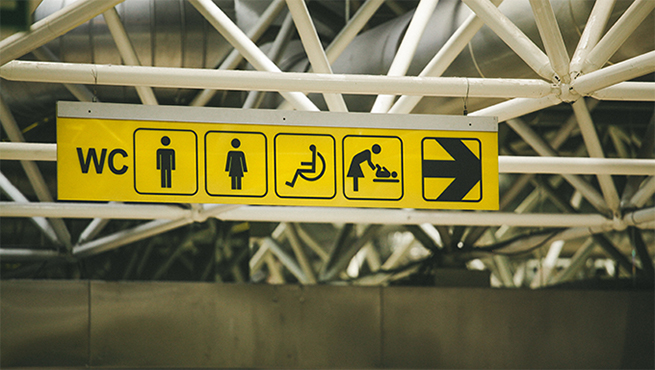Water saving toilets make sense on all fronts
In addition to helping reduce costs, decreasing water consumption can help your business comply with current and future environmental legislation, reduce its carbon footprint, improve your company's environmental performance and generate positive PR.
Toilets account for up to 90% of water use for offices and public conveniences. Since January 2001, all new toilets installed in the UK have to have a maximum flush of six litres. Whilst this is a step in the right direction, the projected flush volumes are often less in theory than they are in reality because new water is entering the cistern whilst the flush takes place. This often means that a six litre toilet has an actual flush volume of 6.5 litres. This can be avoided altogether with the use of a delayed action inlet valve, fitted as standard to the ultra-efficient ES4 toilet, which offers additional water savings of at least 25%. Water-efficient toilets such as the ES4 are specifically designed to clear the pan effectively with smaller flush volumes. Not only are they good for the environment, but where water is metered the financial payback can be as little as two to four years, depending on household size and local water and sewerage charges.
Cost savings
Water fittings in commercial multi-occupancy buildings often experience more frequent use than in dwellings, which means that payback times following investment can be much quicker.
In addition to cost-savings from decreased water and energy bills, businesses investing in technologies and products that encourage sustainable water use may be eligible for tax savings through Enhanced Capital Allowance (ECA).

- Dual flush toilets have a split flush button which gives the user the choice of how much water to use. Dual flush toilets typically use four to six litres of water, as opposed to the old style flush systems which use a massive 13 litres per flush
- Cistern Displacement Device (CDD): - A CDD is placed in the cistern to displace around one litre of water every time you flush. They are super easy to install. Installing a CDD can achieve savings of up to 5,000 litres per year
- For ceramic cisterns - there are innovative, water saving infra-red flushing controls for upgrading new or existing cisterns to hygienic, touch-free flushing.
Significant innovation and increased water efficiency have an essential role to play in helping ensure we have enough water for people, the economy and the environment, now and in the future.
